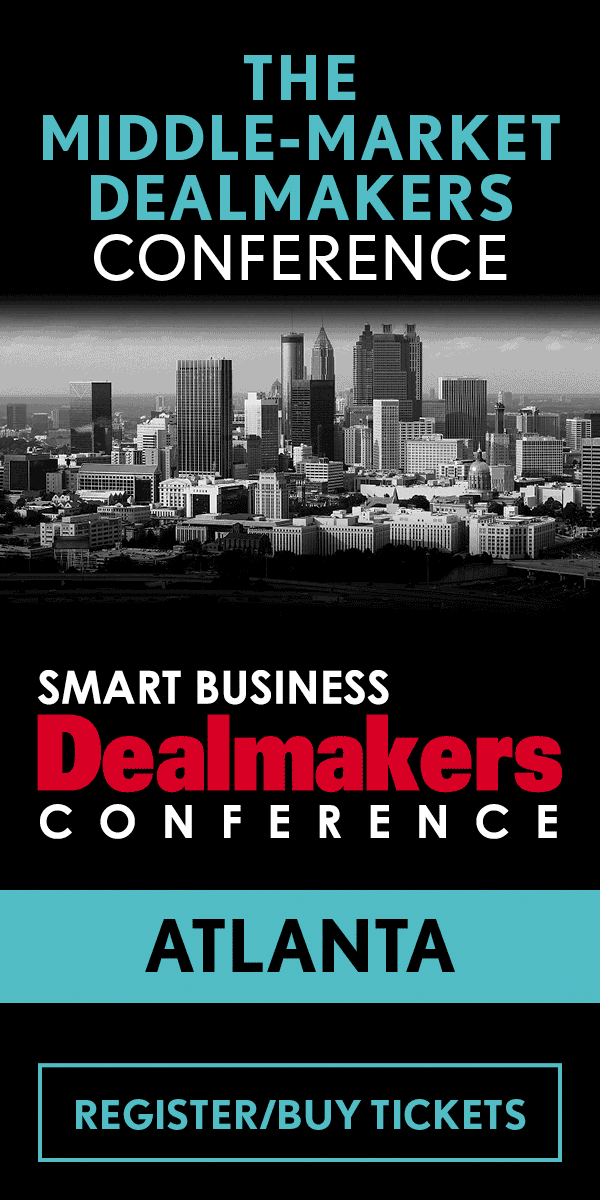While cultural fit is often critical to achieving a successful acquisition, it’s not mandatory. Take one of the early deals Michael Svanascini made at Americaneagle.com.
“They were in love with the technology; that was their focus,” Svanascini says. “They were more interested in the coding than the end result of, ‘How is it easier for the customer?’ So we took it upon ourselves to make those customers as happy as possible. With some, we put them on an entirely new platform at no cost to basically make their lives easier and save the relationship. We didn’t retain the talent, but the customers in that deal helped us grow a lot.”
Americaneagle.com is a family-owned web design and digital marketing services company that works with thousands of clients and partners, including Stuart Weitzman Shoes, Salesforce, WordPress and the American Dental Association, among others. In October, the Des Plaines-based company acquired Athracian, a Bulgarian web digital agency with expertise in content and technical architecture.
“We always try to keep a level head through the deal, because if you get too hot to buy another company, you’ll make mistakes,” Svanascini says. “If a deal doesn’t work, it’s better for everybody in the long run not to do it.”
We spoke with Svanascini about his willingness to look past cultural fit in dealmaking to acquire valuable new customers.
Understand the risk
Svanascini cites two common scenarios that often lead to a deal.
“Sometimes a company is in trouble, but it has good talent or good customers,” Svanascini says. “We’re happy to get involved at that point to try to save the relationship with the customers and try to put some money in the owner’s pocket that’s having issues or problems.”
The other situation that often arises is with a company you’ve already built a relationship with.
“Take the Bulgarian acquisition,” he says. “They have incredible talent, and we’ve worked with the people for years in that office. It was like a marriage. ‘Hey, we’ve been dating for a long time, why don’t we just get married and make this official?’ We were so involved with each other’s businesses. Why not join forces? The deals we do are all based on the talent and customers that the acquisition brings to us. That’s really the key for us.”
Cultural fit is always preferable, obviously, and makes life a lot easier for everyone involved. But the value of gaining new customers — and your understanding of the technology in your industry — can often lead you to at least consider viewing a deal opportunity through a different lens.
“What are you buying this company for?” Svanascini says. “Is it the customers, or is it the talent, or is it both? If the cultures don’t fit, the risk is you’re not going to retain the talent that’s been there for a long period of time. If they don’t mesh with your current people, it’s not going to be a good scenario.”
He says the key for him is to look at those customer relationships.
“If the bridges aren’t completely burned, we make that determination that it’s worth the risk of losing people pretty quickly if we can save the customer,” he says.
Get creative
Some of Americaneagle.com’s most successful acquisitions have involved companies that were struggling.
“One deal that really helped us grow a lot was in 2004,” Svanascini says. “It was a division that was losing a lot of money for its company, but it had unbelievable customers. We were already competitors of theirs and were making money in that industry, while charging less than they were charging.”
And they were still able to be profitable.
“So that acquisition was a very attractive to us,” he says. “We were pretty much cash positive within six to eight months after the deal. It was a really good deal for us, and it helped the other company that was just not good at that part of the business. It was a win-win for both entities.”
It wasn’t all smooth sailing, however.
“We had no idea how upset their customers were,” Svanascini says. “We flew all over the country meeting customers after the deal, and I think we had one good meeting out of 10. It was a huge time suck for us to fix all these relationships, but it worked out in the end.”
Those customer relationships are tough to assess in the due diligence process, Svanascini says.
“No one’s going to let you talk to their customers during an acquisition, especially in this business,” he says. “But when we interview the employees, we ask better questions to get a feel of what their day-to-day is. If their day-to-day is all dealing with upset customers, then we can feel it out.”




